Mt. Shasta Climb via Avalanche Gulch
In: Trail Notes
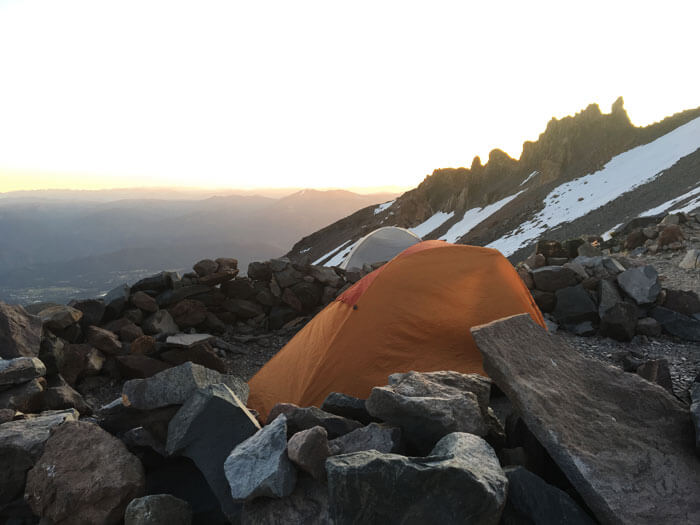
Two days prior to climbing Mt. Shasta, I heard reports from park rangers that they were two rescues happening on the mountain. One man broke his ankle at 12,000ft. near Avalanche Gulch and one woman fell into a crevasse due to slip and fall. Having never climbed Mt. Shasta in my life, nor have any kind of mountaineering skills, I was feeling worried. After my climb from Helen Lake at 3:00 a.m. going through the Avalanche Gulch route, I got separated from my group in the dark. Taking a much technical route, I safely reached the summit. Being mentally tested is the hardest and most challenging experience I’ve ever gone through on this mountain.
BEFORE YOU START:
Plan your trip sensibly, keeping in mind your experience and physical condition. Mt. Shasta rises 14,179 feet above sea level and many mountaineers believe that altitude is one of the biggest challenges when summiting the mountain. The climb to the summit is steep and rigorous requiring good physical conditioning and proper clothing gear. Permits, crampons, a mountain axe, helmet, mountaineering boots, maps, all be rented at Fifth Season Store. Don’t consider this route as a cake walk! Basic snow travel skills (i.e. basic climbing technique and self-arrest skills are essential for a successful climb. The best time of year to climb Mount Shasta is from June through October. Before you leave on a trip, let someone know where you’re going and when you’ll return. Keep track of others in your party. Always carry a map and compass and know how to use them. Check weather and avalanche forecast be prepared for the unexpected. Always carry and drink plenty of water. My rule of thump is to start drinking water couple of days prior to your climb.
FACILITIES:
Facilities on the mountain are limited. There is no piped water available, so be sure to bring some with you. Horse Camp offers access to fresh spring water, use of composting toilets, a small stone cabin built in 1922 and camping. There is a Sierra Club caretaker on duty and they ask for a nominal $3 bivy or $5 camp fee. Horse Camp offers beautiful camping for beginner backpackers as well as a sheltered stay for climbers.
TRAIL INFORMATION:
The Avalanche Gulch/John Muir route begins at Bunny Flat Trailhead following a shaded Shasta Red Fir lined hike that leads to the Sierra Club Hut (Horse Camp) just below treeline at 7,900 feet. From here the trail ascends along “Olberman’s Causeway,” a stone causeway, leading to Spring Hill. Steep switchbacks follow up to what is called 50/50 Flat. From this point, the summer climber’s route continues up and right along 50/50 following moraines that stair-step up to the climber’s right side of the Helen Lake moraine. Helen Lake is the typical bivouac site for a two-day climb. Though not an overly technical route, it does follow a 7,000 vertical foot ascent that exposes the climber to steep snow and ice, rock fall, and weather extremes. The classic route from Helen Lake climbs up and to the right of The Heart, through one of the Red Bank’s right side chutes, or around the right end of the Red Banks near the Thumb.
you might also like
-
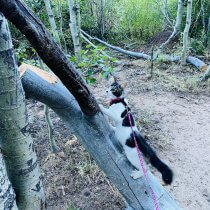
Sunrise Hike at Spooner Lake
September 3, 2022
-
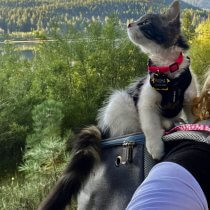
Hiking with Pasha
August 26, 2022
-
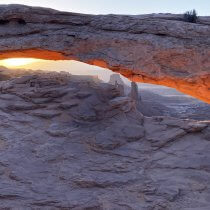
8 Day Hiking Trip to Arches and Canyonlands National Park
June 7, 2022
0 comments
Leave a comment
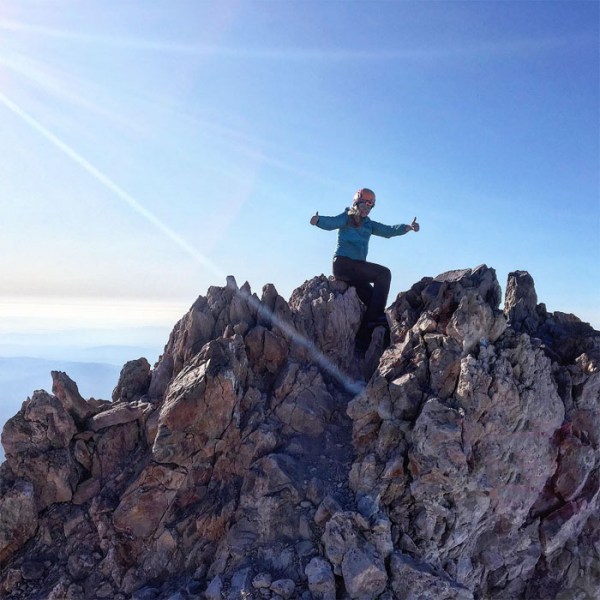
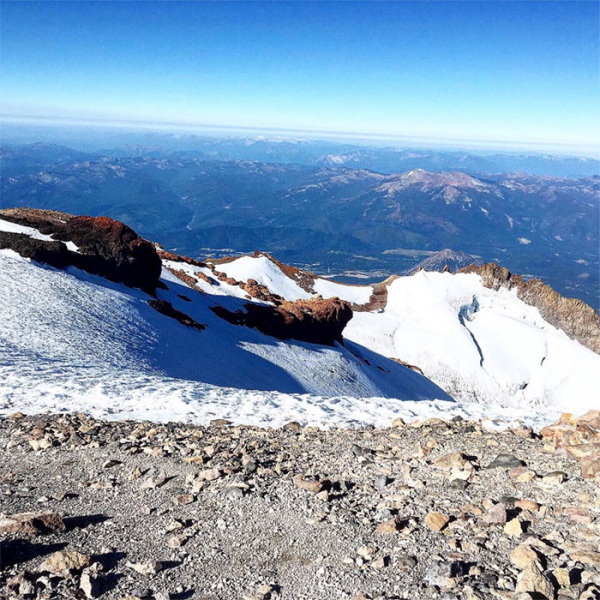
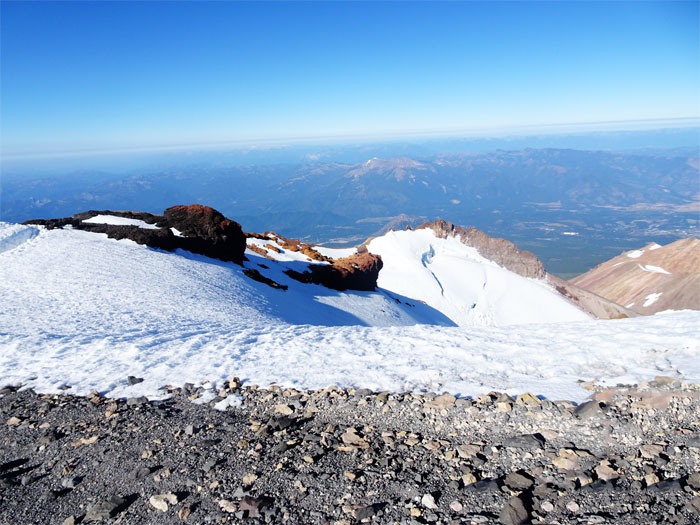

Leave a Reply